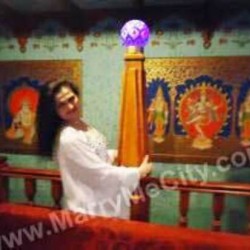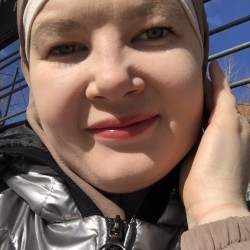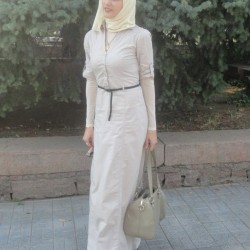Today I want to share with you the amazing story of the Tatar national dress, which is a true work of art and a symbol of the cultural heritage of the Tatar people.  Tatar costume is a harmonious combination of folk craftsmanship and striving for perfection.
In it you can see the individual features of a person, his unique character and aesthetic preferences. By clothing, one could determine the age and social status of a person, which makes the Tatar costume a vivid indicator of national identity. 
Eastern traditions, Islam and the national costume of the Volga Tatars, which had developed by the end of the 19th century, significantly influenced Tatar clothing. It harmoniously combines fabrics of bright "oriental" colors, headdresses with complex and rich ornaments, different types of shoes and highly artistic jewelry. 
Tatar national dress is not only a work of art, but also the history of the people, their cultural characteristics and evolution. Carefully preserving their traditions, the Tatars continue to wear the national costume at holidays and cultural events, respecting their past and passing it on to future generations. 
Traditional Tatar clothing for women includes a dress called a "chak-chak" or "sharshara," which is a long, loose-fitting garment with long sleeves and a high collar. The dress is usually made from lightweight materials such as silk or cotton, and is often decorated with intricate embroidery and beadwork.
Women also wear a headscarf called a "yashmak," which covers the head and neck, leaving only the face exposed. The yashmak is often made from fine silk or cotton, and may be decorated with embroidery or lace.
In addition to the dress and headscarf, traditional Tatar women may also wear a vest or jacket called a "cherkeska," which is typically made from wool or fur and is worn over the dress for warmth. Jewelry, such as earrings, bracelets, and necklaces, is also an important part of traditional Tatar attire for women.
Let's admire the beauty and grace of the Tatar national dress and continue to explore the unique cultural traditions of different peoples!













